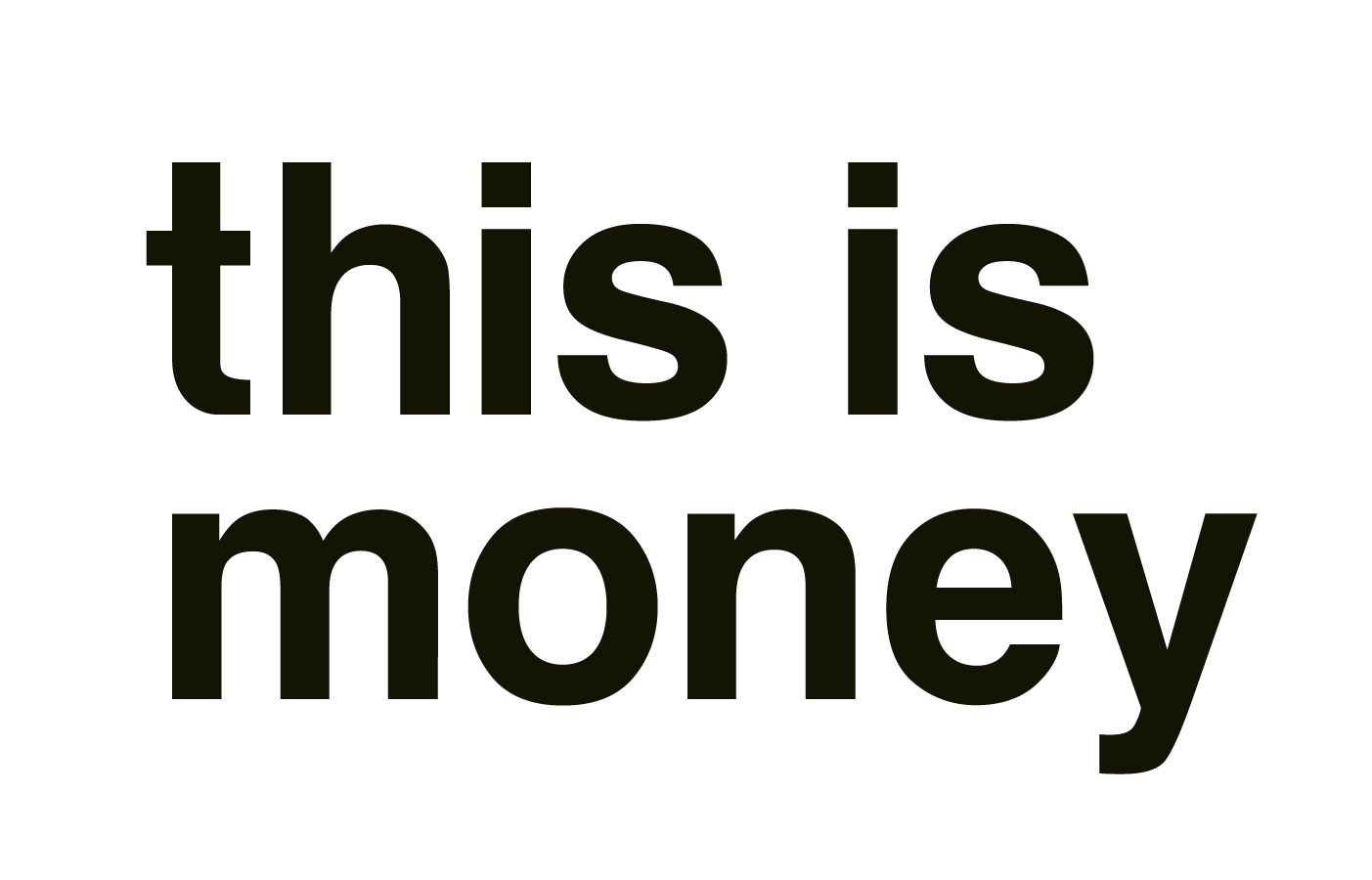New Year, New Career
Has the New Year got you thinking of a new career opportunity?
Don't let a resume fail stop you from landing your dream job! Here are Shell and Em's top ten tips for a killer cover letter and resume that will have you stand out. Listen to their episode about resumes below:
1. Customise your cover letter for the job
First, do your research on the business. Check out their socials, website and read the annual report if they have one. Once you understand what are they trying to achieve as a business then you can align your resume and cover letter to their goals and values.
2. Keep it simple
The panel review hundreds of applications so keep it short and simple! It's tempting to try to squeeze in all of your experience but in this case, less is more. You will have the opportunity at interview to unpack your experience in more detail. Aim for a one-page cover letter and three-page resume maximum, with the most relevant information at the top of each section.
3. Ask someone to proof it
Fresh eyes make all the difference! When we have worked on something for a long time, we miss typos and errors in content and formatting. We can also get lost in the detail and find it harder to summarise our key points. Ask a friend or family member to carefully read over your application and provide you with feedback. Give them permission to be ruthless with the red pen.
4. Highlight your contact information
Make sure your contact information is easy to find. The top of the front page is the prime position. This saves the reader having to scroll down or turn the page to go looking for it. Include your name, a single mobile number, a professional email and your LinkedIn profile URL. Don't provide personal details that may lead to discrimination, such as your birth date, marital status, religious views or a photo.
5. Follow the application instructions
Sure this sounds super obvious, but you would be surprised how many people miss key steps in the application process. If you don't follow the instructions provided there is a higher risk of your application becoming lost or being considered invalid. At best, it may result in a disadvantage in the assessment or timeliness of response to your application or at worst, it may rule you out of contention completely.
6. Write for your audience, not for yourself
The purpose of the resume is to get you an interview. It's the first impression so you don't need to cover everything! Let go of your emotional attachment to irrelevant achievements (we know you reached level 11 in the beep test in year 10, but it's time to let it go!). Remove graduation dates and any earlier qualifications that have been superseded. As well as any qualifications that you did not complete. This does more harm than good as it sends the message that you don't finish what you start.
7. Go back about 10 years in detail
On your resume, flesh out your achievements and responsibilities under each role for the last 10 years in detail using reverse chronological order. List the job title, organisation and tenure of any earlier experience briefly below that. If you are a new grad or have less than 10 years of experience, don't try to draw it out just to fill space.
8. Evidence is everything
Don't just tell people your skills, prove it to them with evidence. Use specific and measurable examples to demonstrate what you have achieved and how you have had an impact. Dot points are good, but be careful not to overload the reader with numbers or acronyms. They are hard on the eyes.
9. Prioritise white space
Your resume and cover letter need to be readable on a quick skim. You will get only a few seconds to go in the "maybe" pile over the "no" pile – so make it easy to for the reader! Content is more important than aesthetics so keep the words succinct and the format clean and clear. No fancy fonts or bold colours. Left-aligned is easier to read than justified. So are dot points and subheadings, rather than paragraphs. Save and send as a PDF with an obvious and clear file name.
10. Keep your referees up your sleeve (but have them ready to go)
Reference checks are often the final step in recruitment process decision-making and saved for the preferred one or two candidates. By putting 'referees available on request' the recruiter will have to contact you to get your referee details. This means you will get an indicator of where you are up to in the process and that you can proactively prepare your referees. Immediately call them to talk through the role you have applied for so that they are well informed and can help you land the job!
my millennial career
A new podcast to help you land your dream job and build a career that you love! Join Shelley Johnson (HR consultant) and Emily Bowen (Recruitment and Careers Specialist) as they share practical insights on how to create a winning resume, ask for a payrise and so much more. Available wherever you listen to podcasts.






